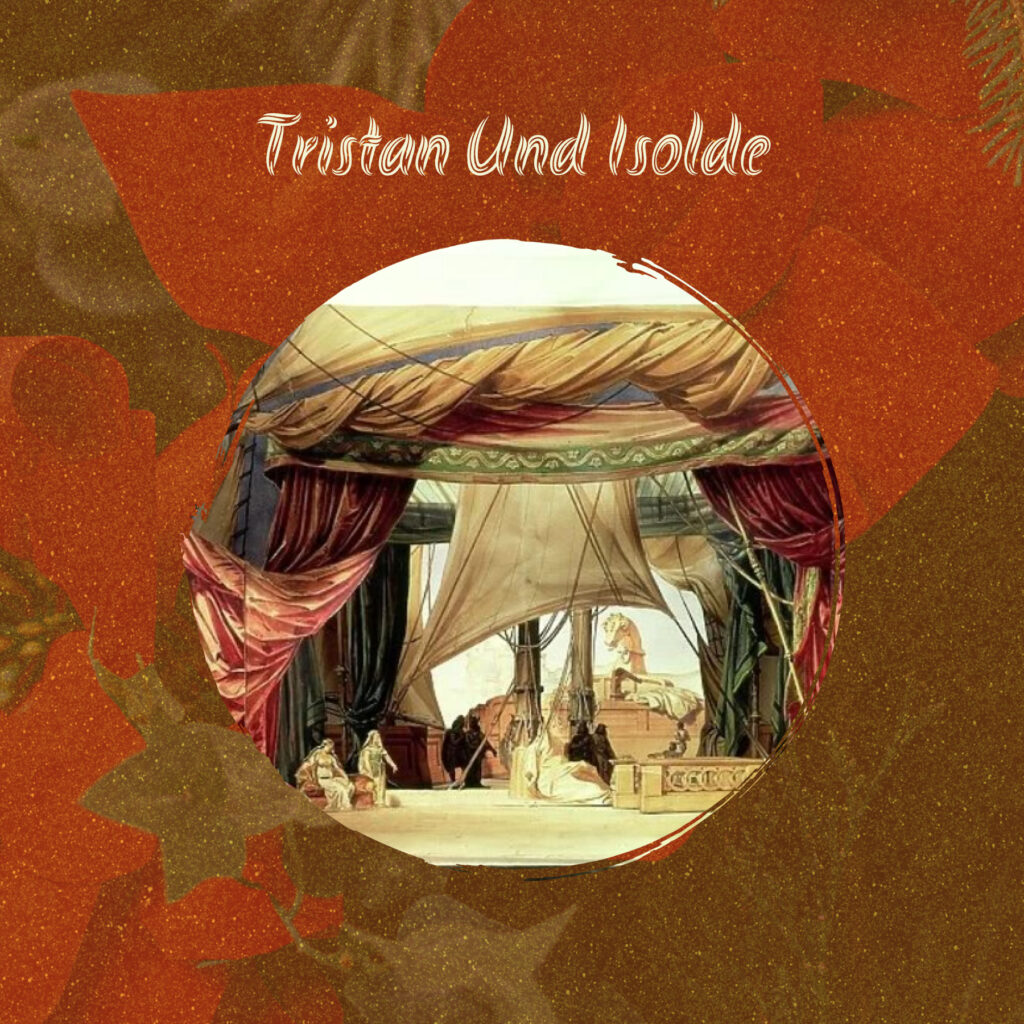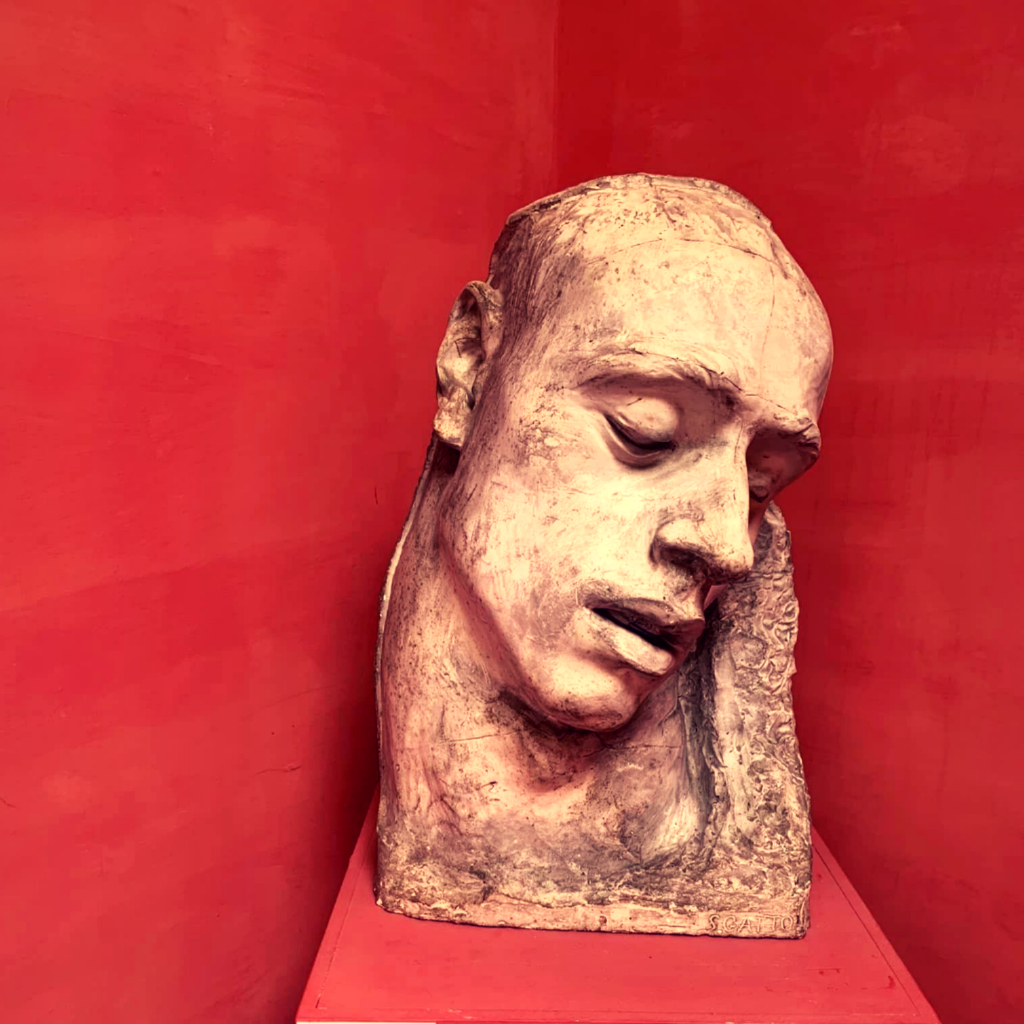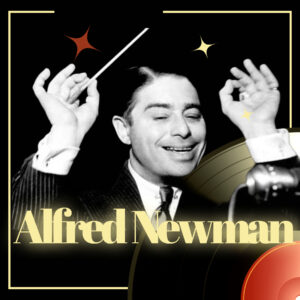
The opera “Tristan and Isolde” in three acts by Richard Wagner to a German libretto by the composer was profoundly influential among Western classical composers and provided inspiration to composers such as Gustav Mahler, Richard Strauss, Karol Szymanowski, Alban Berg and Arnold Schoenberg. Many see Tristan as the beginning of the move away from conventional harmony and tonality and consider that it lays the groundwork for the direction of classical music in the 20th century.
“Tristan und Isolde” based largely on the romance by Gottfried von Straßburg. It was composed between 1857 and 1859 and premiered in Munich on 10 June 1865 with Hans von Bülow conducting. Wagner referred to the work not as an opera, but called it “eine Handlung” (literally a drama. a plot or an action), which was the equivalent of the term used by the Spanish playwright Calderón for his dramas.
Wagner’s composition of Tristan und Isolde was inspired by his affair with Mathilde Wesendonck and the philosophy of Arthur Schopenhauer. Widely acknowledged as one of the peaks of the operatic repertory, Tristan was notable for Wagner’s advanced use of chromaticism, tonality, orchestral colour and harmonic suspension.
One source of inspiration for Tristan and Isolde was the philosophy of Arthur Schopenhauer, notably his The World as Will and Representation, to which Wagner had been introduced in 1854 by his poet friend Georg Herwegh. Wagner later called this the most important event of his life.
Friedrich Nietzsche, who in his younger years was one of Wagner’s staunchest allies, wrote that, for him, “Tristan and Isolde is the real opus metaphysicum of all art… insatiable and sweet craving for the secrets of night and death… it is overpowering in its simple grandeur”. In a letter to his friend Erwin Rohde in October 1868, Nietzsche described his reaction to Tristan’s Prelude: “I simply cannot bring myself to remain critically aloof from this music; every nerve in me is atwitch, and it has been a long time since I had such a lasting sense of ecstasy as with this overture”. Even after his break with Wagner, Nietzsche continued to consider Tristan a masterpiece: “Even now I am still in search of a work which exercises such a dangerous fascination, such a spine-tingling and blissful infinity as Tristan – I have sought in vain, in every art.”
Some interesting facts:
- Wagner wanted to put «Tristan and Isolda» in Italian in Rio de Janeiro, but on political grounds he was refused.
- The conductor of the premiere was Hans von Bülow, who was a loyal fan of Wagner. Shortly before the performance, Hans had a daughter who he named after the lead character. The man was unaware that his wife had given birth to a baby by Richard. Subsequently, Cosima von Bülov gave birth to two more children, before leaving Hans and marrying the maestro.
- According to legend, Isolde was an Irish princess, the daughter of a powerful healer. She had an impeccable knowledge of herbs, potions, and could heal people.
- According to the author, in opera he tried to convey «the true person», who cannot live in isolation from nature. This is why Richard focuses on nature and painting.



